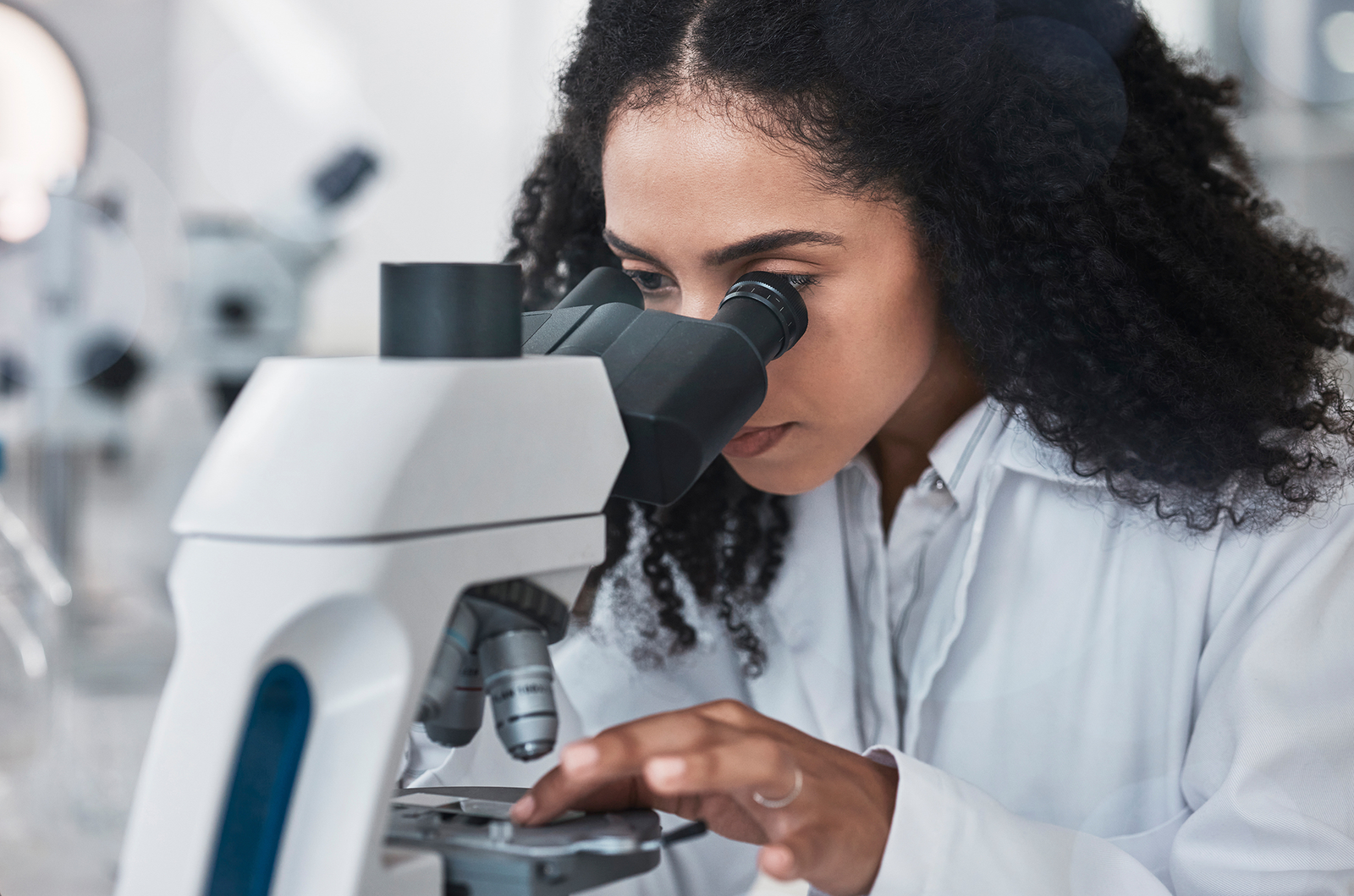
From Lab to Table: The Future of Meat Production
- foodfightadmin
- June 28, 2023
- Climate Change, Hunger In America, Nutrition
- rsc pages, rscl
- 0 Comments
Recall the iconic Wendy’s “Where’s the Beef?” commercials? The context has shifted since then, especially after U.S. regulators greenlit the sale of lab-grown chicken meat in June 2023, hailing from cultivated cells.
Understanding Cell Cultures
Animal cell cultivation in labs dates back to the 1950s, predominantly used for developmental biology and cancer research. Cell cultures, which involve growing cells in either natural or artificial media, provide essential nutrients for cell growth and multiplication. These cultured cells aid in various research domains, from understanding cellular behavior in response to pathogens to facilitating early testing in drug development trials.
Creating Meat in Labs
Growing lab meat follows a specific procedure:
- Cell Collection: Muscle or stem cells are harmlessly extracted from animals. Stem cells have the unique property of transforming into various cell types of that organism.
- Cell Culturing: These cells are then placed in artificial growth environments, with bioreactors controlling external conditions. By changing growth media, cells are encouraged to differentiate into muscle, fat, and connective tissues – the primary components of meat.
- Scaffolding: Here, cells are structured and packed to attain the desired meat form for consumption.
Weighing the Pros and Cons
While cultured meat offers potential benefits like reduced greenhouse gas emissions and better animal welfare, it isn’t without challenges. A 2021 estimate prices producing lab-grown meat between $17 and $23 per pound, excluding retail markups. In contrast, traditional ground beef hovers around $5 per pound.
Infrastructure limitations also add complexity. Meeting just 1% of the current protein market requires 220 to 440 million liters of bioreactor capacity. Current capabilities peak at 200 million liters and growing diverse cell types in a single bioreactor has biological constraints.
Despite these difficulties, the industry is making strides. Consider that in 2013, the first lab-grown burger came with a whopping $330,000 price tag. Today, that’s down to less than $10 per burger – a significant achievement within a decade.







